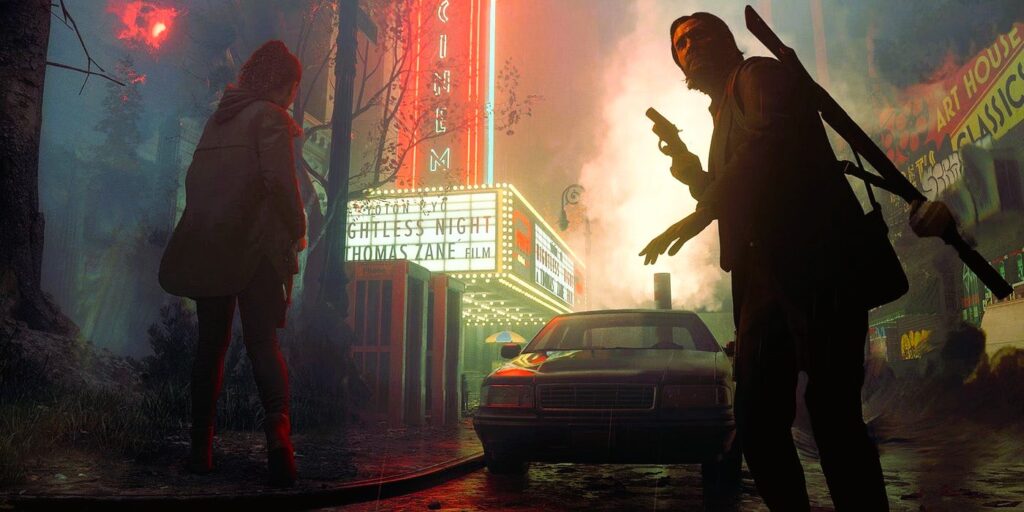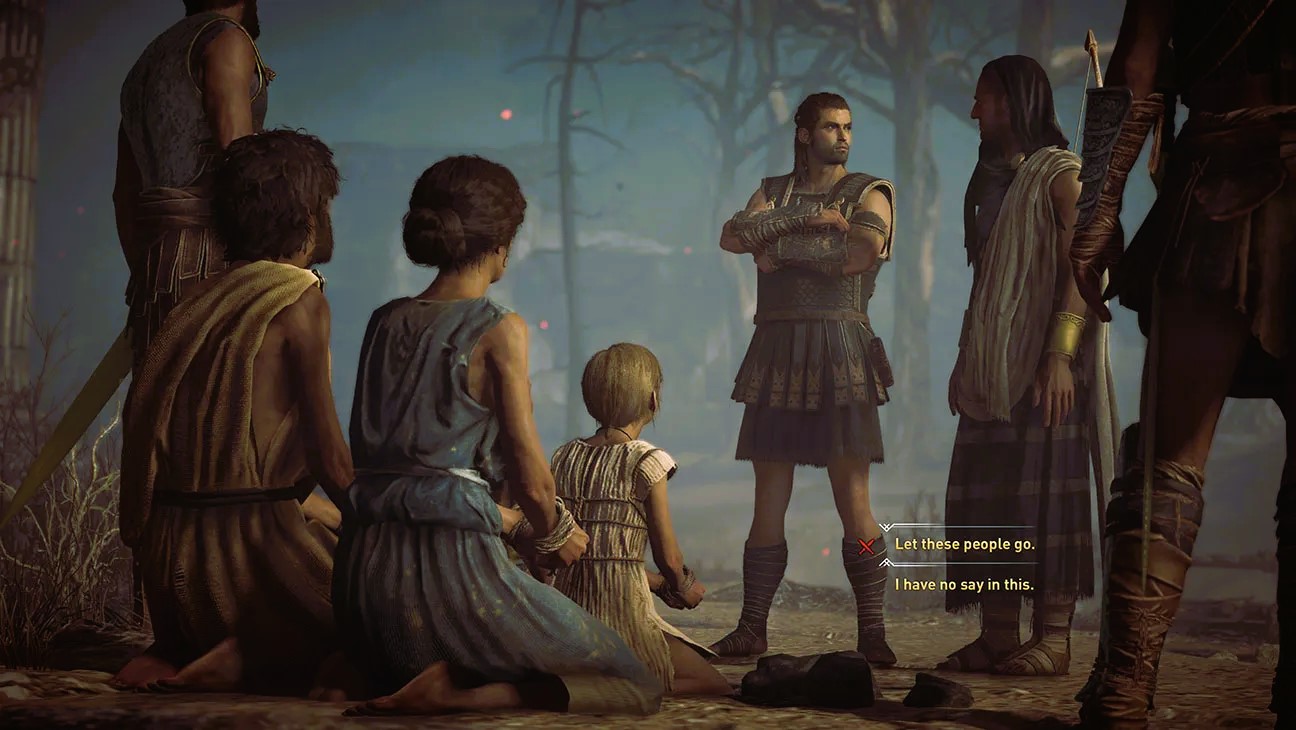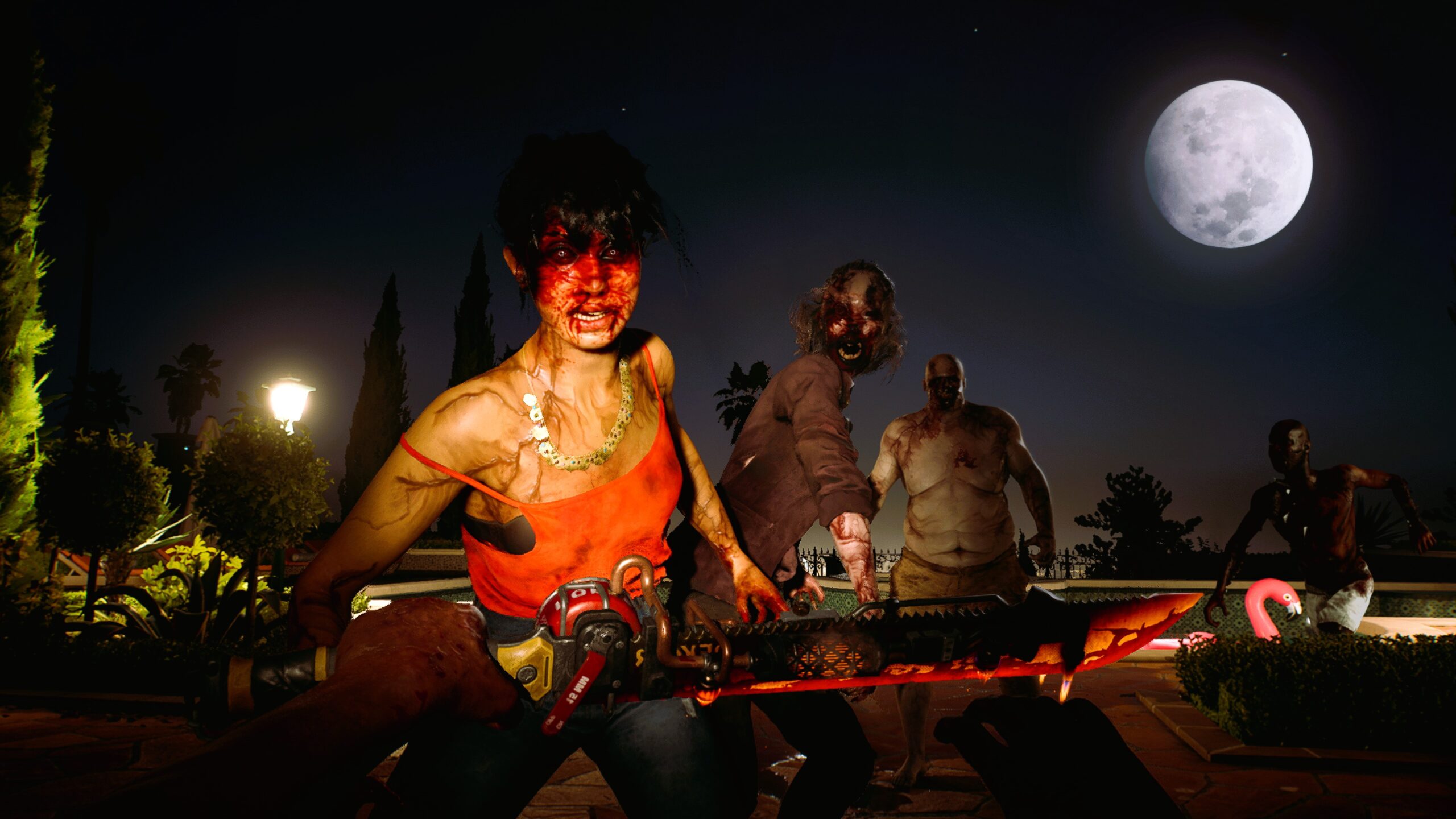The horror genre in video games has evolved drastically over the years, offering a wide array of experiences that deeply engage players. One of the most compelling aspects of these games is the way player choices can significantly shape the horror experience. From narrative decisions to gameplay mechanics, players are given the power to influence the world around them and determine their level of immersion in the chilling atmosphere. This element of choice plays a pivotal role in enhancing the emotional impact and overall experience of horror games. But how exactly do these choices affect the way we experience fear in a digital environment?
The Role of Narrative Choices
In horror games, narrative choices often act as a key element that shapes the overall experience. Unlike traditional linear storytelling, many modern horror titles present players with situations that require them to make decisions, and these choices can dramatically alter the game’s outcome. For example, in a game like Until Dawn, players control a group of characters and must decide how they respond to terrifying scenarios. Each decision impacts the fate of the characters, leading to multiple possible endings. This form of narrative branching creates a sense of urgency, as players feel that their choices carry weight and can lead to survival or death.
These choices can also be linked to player empathy. In many horror games, characters are often placed in morally ambiguous situations, which forces players to evaluate the ethics of their choices. Should they save a friend, potentially sacrificing their own safety, or leave them behind in the interest of survival? These decisions not only affect the plot but also build tension and anxiety. When players feel personally responsible for a character’s fate, it deepens the emotional investment and intensifies the horror elements.
Environmental Choices and Gameplay Mechanics

The environment in horror games is another area where player choices can influence the level of fear. Many horror titles offer different paths, rooms, or areas to explore, each with its own set of threats and dangers. Games like Resident Evil and Silent Hill feature environments that may change depending on the player’s actions, such as unlocked doors, hidden items, or monster encounters. These choices allow players to shape their own level of vulnerability. For example, players might choose to explore a dark, narrow corridor or take the safer route, but these decisions come with different risks. Choosing to confront a monster head-on might lead to a more intense confrontation, while avoiding it could make the player feel safer, but potentially lose out on valuable resources. Read about how the psychology of fear is used in horror games.
Horror games also often incorporate limited resources, such as ammo, health items, or tools. Players must decide how to use these resources strategically, balancing survival against the growing sense of dread. When players run out of ammunition or health packs, they are left with a heightened sense of vulnerability, forcing them to confront the horror in increasingly desperate ways. These gameplay choices are crucial in amplifying the tension and dread that are central to the horror genre.
Player Autonomy and Immersion
One of the main reasons player choices have such a significant impact on the horror experience is their ability to foster a sense of autonomy and immersion. When players are able to actively shape the outcome of the story or the environment they inhabit, they become more invested in the experience. This sense of agency is key to making the horror more personal and intense. Unlike watching a movie or reading a book, where the characters and events are predetermined, a video game allows the player to feel as though their actions have real consequences.
In games with a first-person perspective, this immersion is further heightened as players take on the role of the protagonist, directly experiencing the fear and panic through their own eyes. The use of player choices within this immersive context creates an environment where players feel like they are part of the horror itself. Games like Amnesia: The Dark Descent and Outlast effectively use this first-person perspective to make players feel vulnerable, as they are placed in helpless situations where every decision could mean life or death.
The Psychological Impact of Choices
The psychological effect of player choices in horror games is profound. Horror games have long been designed to manipulate a player’s emotions, but by incorporating choice into the gameplay, developers can increase the emotional stakes. Players are often forced to confront their own fears and make choices that reflect their personal survival instincts or moral compass. This can create a sense of discomfort or unease, as players wrestle with their decisions and their consequences.
For example, in some horror games, players are given the option to harm or save other characters. This can lead to moral dilemmas, where the player must weigh the cost of saving someone against the risk it poses to themselves. These decisions can trigger feelings of guilt or relief, depending on the outcome. The tension between what the player wants to do versus what they feel is necessary for survival can heighten the psychological impact, leaving players with lasting emotional impressions long after they have finished the game.
The Impact on Replayability

Another significant benefit of player choices in horror games is the added replayability. The multiple pathways and outcomes generated by these choices encourage players to return to the game and explore different decisions. This not only increases the lifespan of the game but also allows players to experience new aspects of the horror that they may have missed on their first playthrough. In some cases, the different endings or outcomes may be so drastically different that they provide an entirely new perspective on the narrative.
Take, for example, Heavy Rain, where the player’s choices determine who lives and who dies. The emotional weight of each decision is felt more deeply in subsequent playthroughs, as players attempt to avoid the tragic consequences they previously encountered. This creates a compelling reason for players to revisit the game, ensuring that the fear and tension remain fresh with each new decision.
Player choices are a fundamental aspect of the horror experience in video games, offering a dynamic and immersive experience that cannot be replicated in other media. By allowing players to influence the story, environment, and characters, horror games create a personal and emotional connection that intensifies the fear. Whether through narrative choices, gameplay mechanics, or the psychological impact of decision-making, these games provide players with a unique opportunity to shape their own horror experience.
As technology and storytelling techniques continue to evolve, we can expect even more sophisticated and impactful ways for players to influence the horror genre. The intersection of choice, agency, and immersion will continue to redefine the way we experience fear in the world of gaming. For more about the role of standards and best practices in game development, you can explore this article on Wikipedia.



